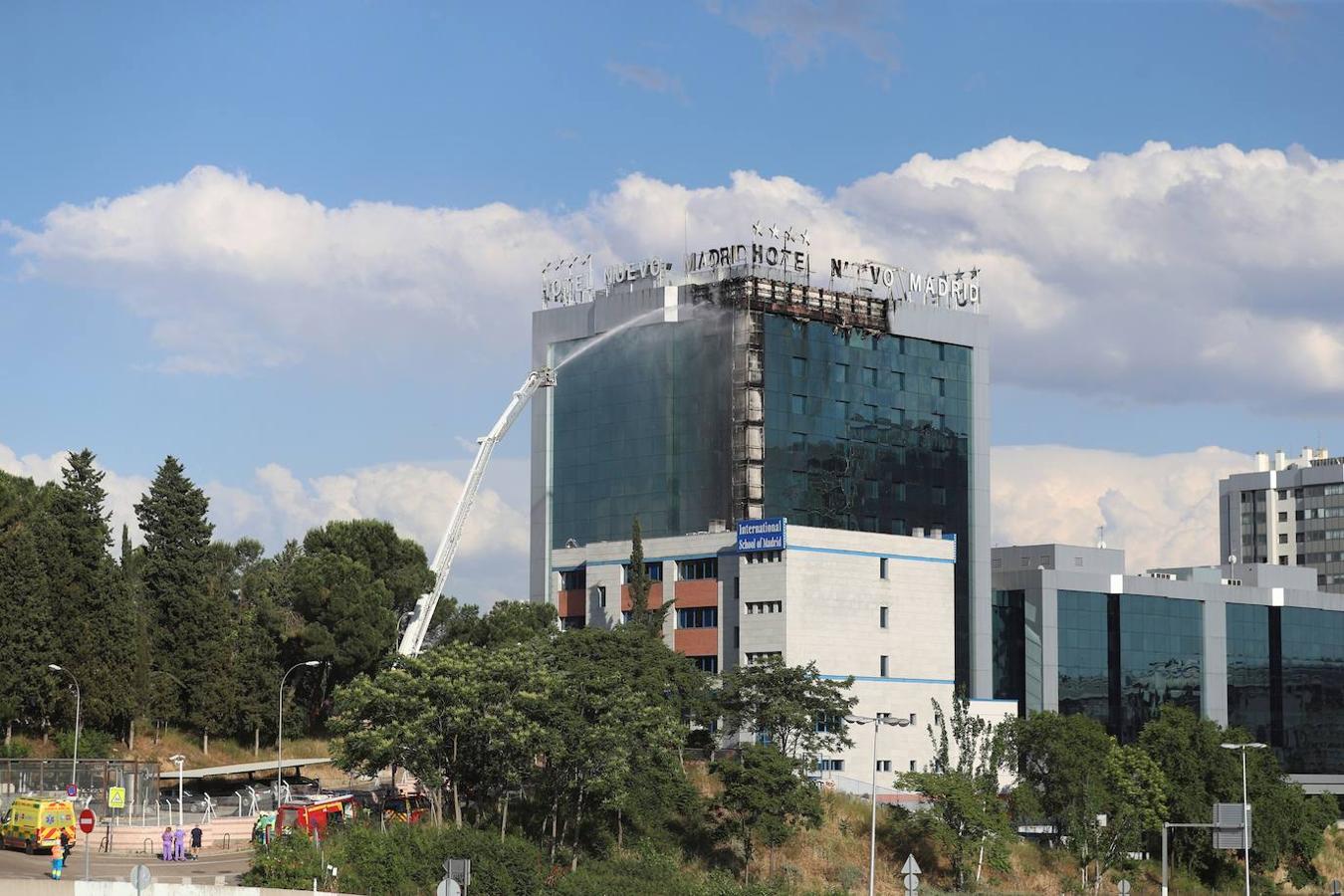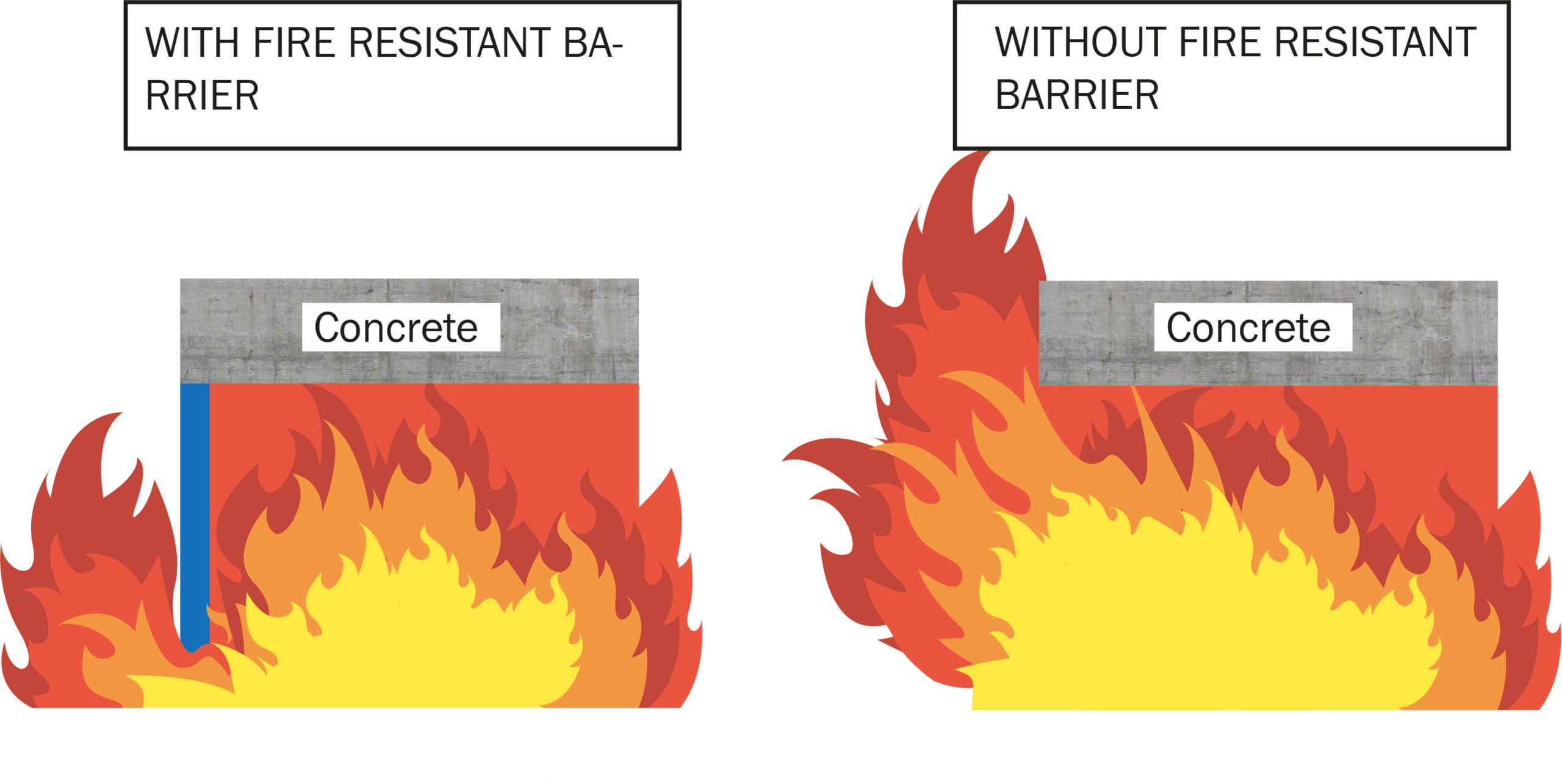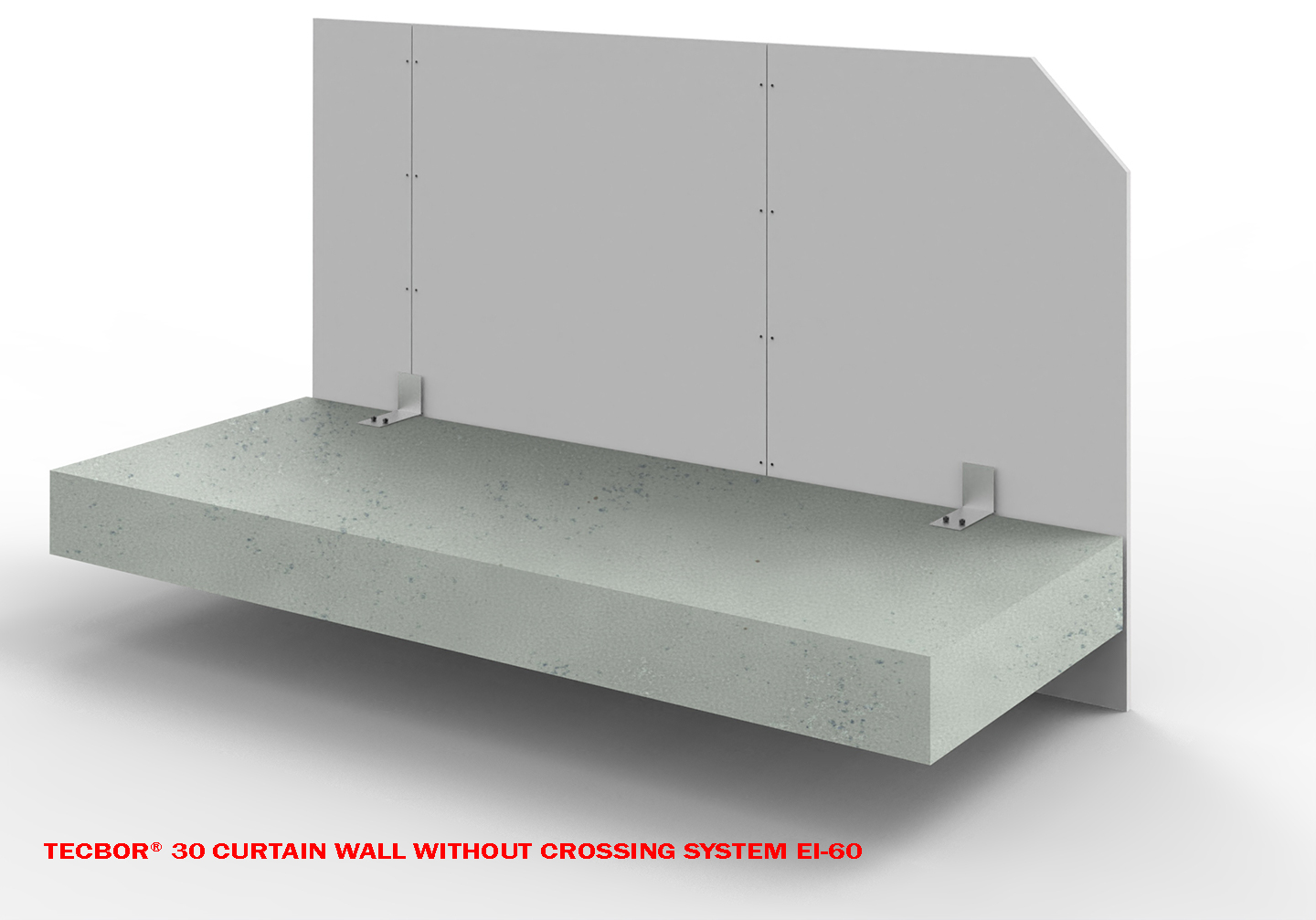
Fire at the Nuevo Madrid Hotel: Passive Fire Protection
An impressive fire occurred last week at the Nuevo Madrid Hotel. Fortunately, nobody was harmed. But the material damages are important, and the reconstruction is going to be laborious.
All indications suggest that the fire started on the main floor, around the cafeteria and kitchens. The fire remained dormant and unnoticed in the false ceiling until it reached a ventilation duct that provided it with enough oxygen to become stronger and start to spread. The hotel façade is a curtain wall made of glass, and white aluminium panels garnish the sides and the upper part of the hotel. The damages were concentrated on the façade and, luckily, only one room was impacted when the fire spread on the curtains through an open window.
Regarding the passive protection, three aspects have caught our attention during the present fire:
- The sectorisation of service ducts crossed by installations: In the present case, if the fire could travel freely across the false ceiling until it found oxygen, it seems obvious that the lack of sectorisation played a major role in the spreading of the fire. The spaces were sectorised with fireproof partition walls and doors, but the false ceiling was lacking sectorisation.
- Use of combustible material on the façade: The fire spread on the sides of the façade where the aluminium panels are placed, because they contained combustible material. Polyurethanes and other plastic materials are often added to avoid thermal bridges or air inlets, without verifying their class of reaction to fire. There are several isolation classifications, like the Euroclass A1 that defines our Thermal Mortar Tecwool® and certifies its incombustibility.
- Use of EI 60 fire barriers between different sectors of a curtain wall façade: In order to prevent the fire from spreading from a floor to another through this type of non-fireproof façades, we need to vertically install a one-meter barrier between each floor. These barriers must have a resistance to fire of at least 60 minutes and must cover areas that contain non-fireproof materials, as the white aluminium panels. The use of these barriers would have kept the fire from leaving the main floor all the way to the upper part of the hotel.
The following drawings illustrate how fire barriers work:
At mercor tecresa®, we have been designing and testing this kind of solutions for many years. The most common one is designed with our Tecbor® de 30 mm panels, that we fix directly on the superior or inferior part of the slab separating two floors.

